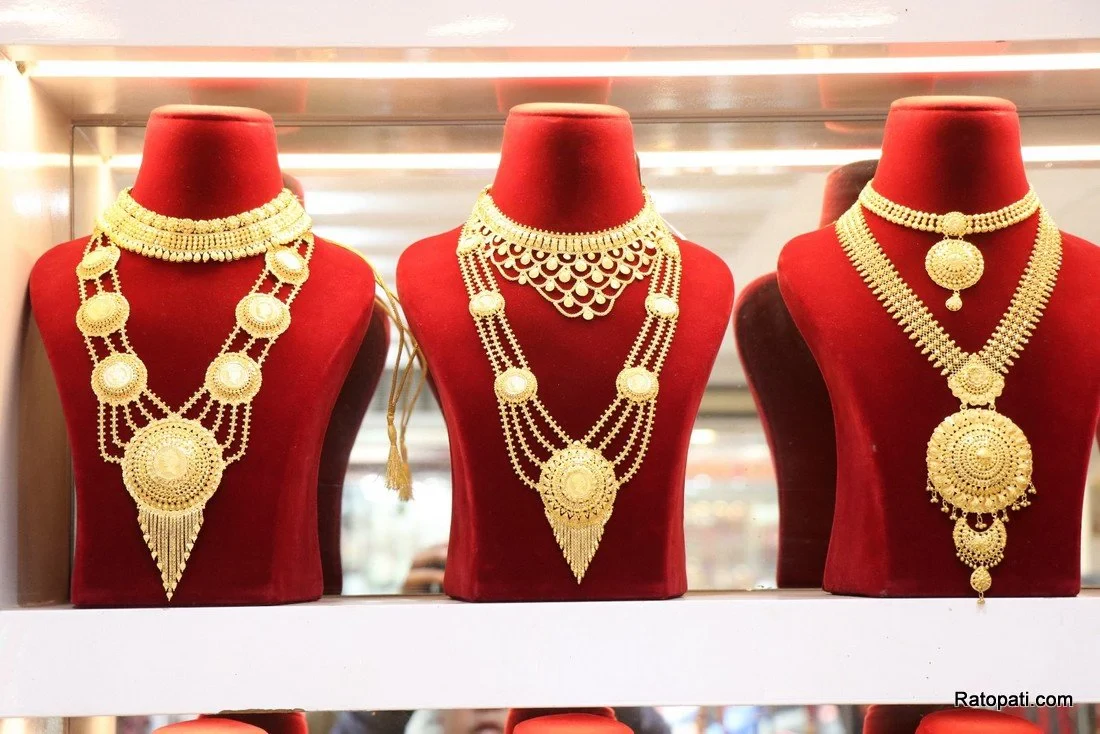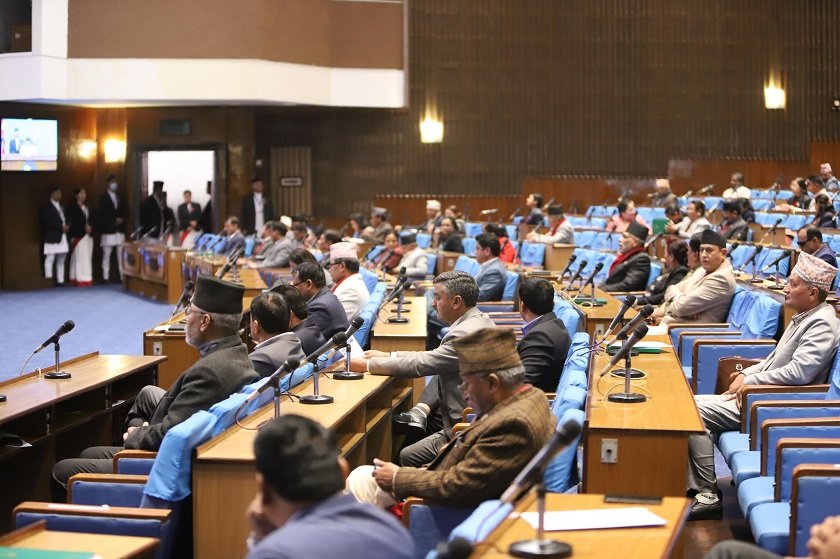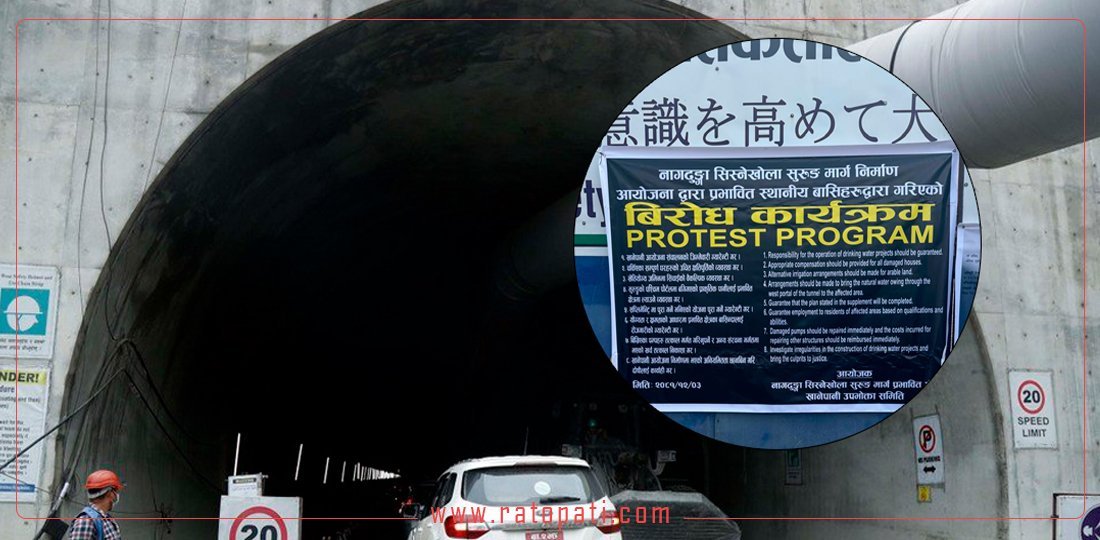Risk of illegal import of gold from India increases
_qcHhUO56cR_HdWV7vODOJ.jpg) Representative image
Representative image
By Nikesh Khatri
Kathmandu, June 5
When the state makes gold a reliable means of revenue collection, the smugglers will have a say in the economy of the countrty as well as the system or method of smuggling will change. Gold is being illegally imported into Nepal mainly from Dubai, Qatar, China and Hong Kong special administrative region and is being supplied to the domestic and Indian markets.
After next year's budget, India will also be added to the list of countries from where gold can be smuggled into Nepal. Smugglers used to smuggle gold from Hong Kong through cargo, through China through Vape (e-cigarettes) and other means and using Nepalis who went for foreign employment and 'visit visa' from the Gulf. The smuggled gold has been seized in multiplre occassions by the Nepal Police, Customs Office and Revenue Investigation Department. There is one instance when the department seized up to 60 kg of gold. After that, the big network of gold smuggling was broken.
Now, the tax policy introduced by Finance Minister Barshaman Pun in the next year's budget will make it easier for smugglers to bring gold into Nepal. According to Manikaratna Shakya, President of the Nepal Gold and Silver Traders Federation, the possibility of the gold consumed in Nepal coming from India through smuggling has increased due to the economic policy of the upcoming year.
According to the businessmen, earlier only Nepalese land and Nepalese people were used to secretly deliver gold to the Indian market. Some percent of the gold brought from abroad to evade taxes was also used in Nepal. However, now the traffickers' network that has been running for the long time remains the same and the risk of more smuggling has increased. Businessmen say that this risk has increased after Finance Minister Pun increased the customs duty on gold import by 5 percent in the budget.
Before this, the then Finance Minister Dr. Prakasharan Mahat increased the gold customs duty by 50 percent from 10 to 15 percent. Until the financial year 2022/23, importers had to pay 10 percent customs duty when bringing one kilogram of gold.
15 percent has to be paid in the current year and 20 percent from now on. According to the Association of Gold and Silver Traders, now every 11.7 grams of gold brought to Nepal has to pay 20 Lal or 28 thousand rupees as customs revenue. This means an added price of 28,000 rupees per 11.7 grams of gold. Along with this, on the next day of the budget speech, the price of gold increased by 2300 rupees per 11.7 grams and set a new record. This is the effect of increased customs on gold imports.
"Earlier, gold was being smuggled from third countries to India via Nepal." President Shakya said, "the price of gold in India was equal to that of Nepal in the past. That's why it didn't come from there.'
According to him, the possibility of informal import of gold from the Indian market to Nepal has increased. "There is no doubt that Nepalis who go to India to buy sugar when it is 10 rupees cheaper per kg will definitely go there when gold is cheaper by thousands of rupees," President Shakya adds, "Now even if a Nepali reaches India and brings only one tola or 11.7 grams of gold in his pocket, he will benefit at least 5,000."
The price of gold per 11.7 grams in the Nepali market reached 142,000 after the 5% customs duty increased to 20% through the budget. Even though this price was fixed from the beginning, it was based on the internationally fixed price of gold. However, after the budget speech, the price increased due to customs duty. On the other hand, in India, the price is around INR 86,400 per tola. Its Nepalese equivalent price will be around NRs 1 lakh 38 thousands making it cheaper by 5 to 6 thousand rupees per tola in the Indian market compared to Nepal. As a result, Nepalese around the customs office will automatically become dependent on the Indian market.
"If they want, they can bring gold to Nepal as easily as sugar," said Narendra Gupta, a gold and silver trader.
Businessman Gupta sees interest groups behind the increase in gold customs duty in the budget. With this, consumers will be attracted to the Indian market and will also go to India to buy local gold from border areas like salt, oil, rice, pulses, sugar and clothes.
Why customs duty was increased?
As the state tries to make gold a reliable commodity for revenue growth, the customs duty on gold has increased. In the 10 months of the current financial year, gold worth 21.65 billion rupees has been imported from abroad. During this period, 245,000 grams of gold has been imported. Similarly, due to the import of this amount of gold, more than three billion 24 million rupees have been collected in the state treasury.
This revenue is after a 50 percent increase in customs duty for the current year. Earlier, during the last 10 months of last financial year 2022/23, two lakh 56 thousand grams of gold was imported. When that gold came in, 19 billion 40 million rupees went out. Compared to 10 months of the previous financial year, nearly 10,000 grams less gold has been imported during the same period of the current financial year.
During the last 10 months of last year, more than 2.18 billion rupees revenue was collected due to gold import. Three billion 24 million revenue has been collected in the current year after the increase in customs duties. This is a revenue increase of more than 1.4 billion. Similarly, the Ministry of Finance estimates that one to two billion rupees more revenue will be collected after the five percent customs duty increase for the coming year.
The Ministry of Finance does not accept that gold is being used as a means of revenue collection. According to the spokesperson of the ministry, Uttar Kumar Khatri, various committees and teams are appointed to study whether to increase the revenue or not. Based on the findings of the study team, the Ministry of Finance will take the policy of increasing the customs rate.
"The customs rate of any item should not be increased or decreased at the request of the Ministry of Finance," Spokesperson Khatri said, "It is decided through various processes and levels."
As the spokesperson said, although there will be various study committees, the ministry is paying attention to make it the basis of revenue when the target of revenue collection has not been met.The government has adopted an open policy in gold trade and adopted a control-oriented policy. The government allows the private sector (commercial banks) to import gold. The gold imported by the bank is with the permission of Nepal Rastra Bank. And, through the Rashtra Bank, the government allows how many kilos of gold can be brought in daily and who (which bank) can bring it. But the businessmen have been demanding that gold import should be brought by the businessmen and no quota should be set.
Currently, the government has set a quota of 20 kg gold import per day. Earlier, the government had arranged to bring only 10 kg of gold per day when foreign exchange reserves were shrinking. That quota has been increased to 20 kg daily. The businessmen demand that arrangements should be made to bring up to 50 kg of gold to Nepal daily. The representatives of the gold and silver business association have been demanding to bring at least 50 kg of gold every day.
If this is possible, the businessmen argue that Nepal's demand will be met through formal imports. At present, the government has also concluded that the market demand is coming from informal imports when the state introduced the quota system. But the government is reluctant to introduce the policy of easing gold import. The government wants to stick to the policy of increasing the customs duty of gold and a control-oriented policy for importof the yellow metal.








Leave Comment